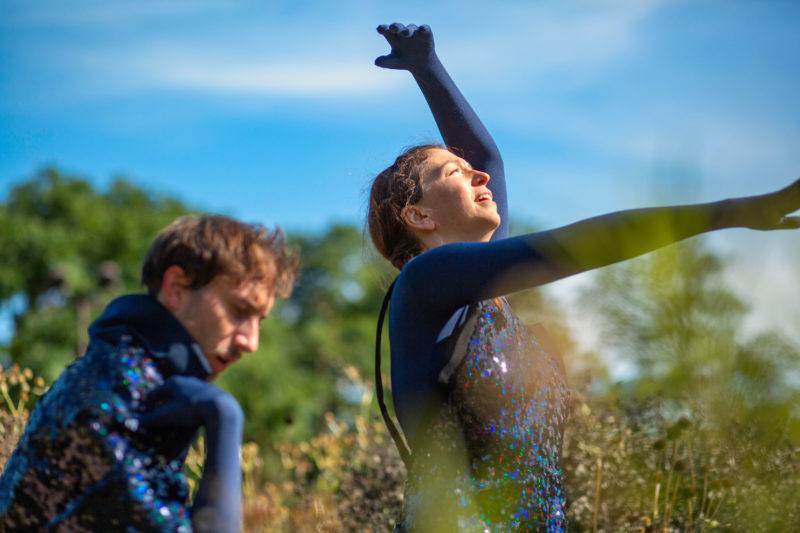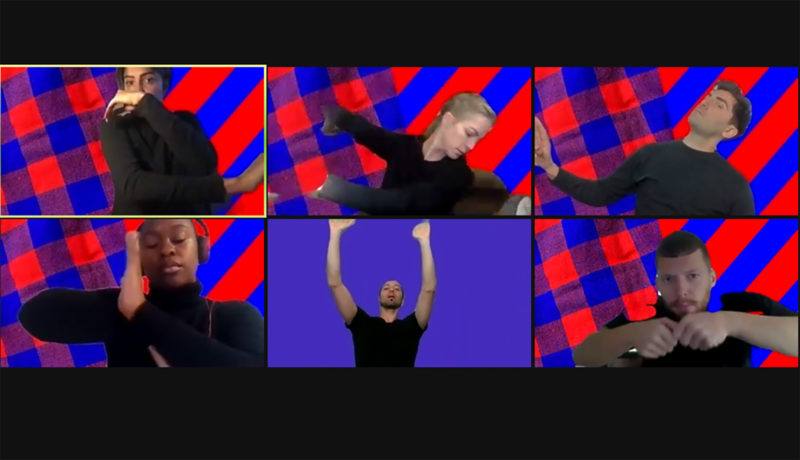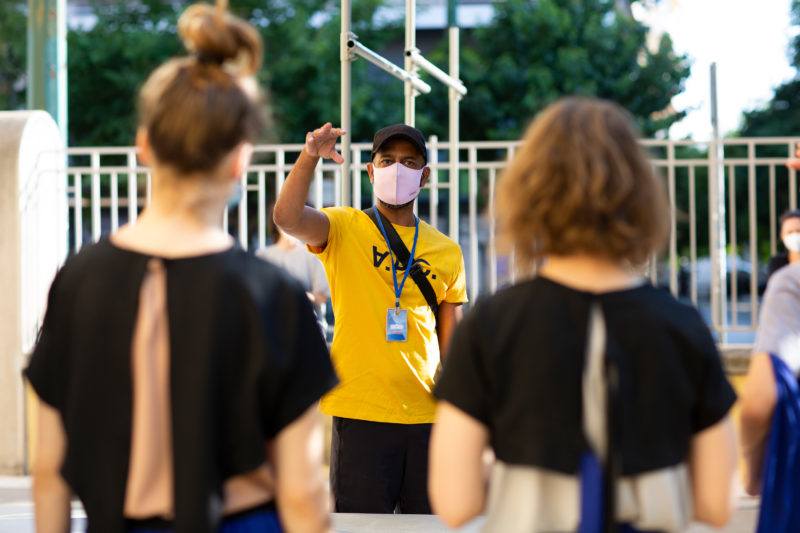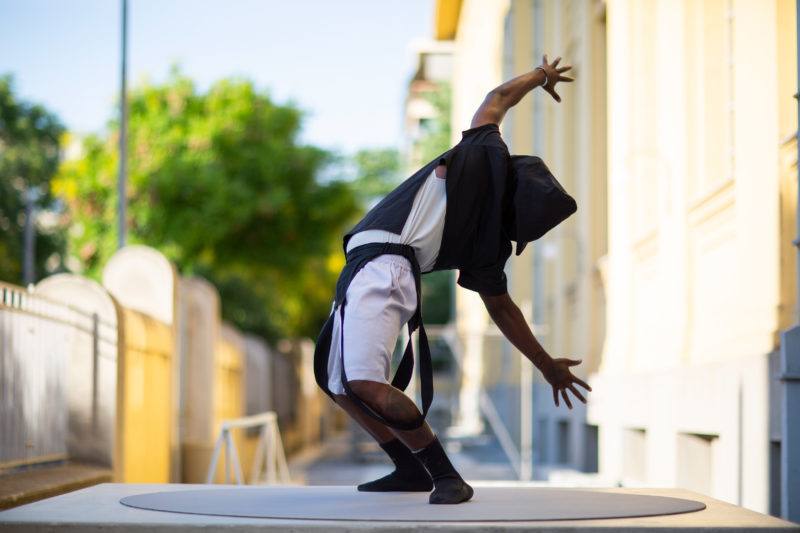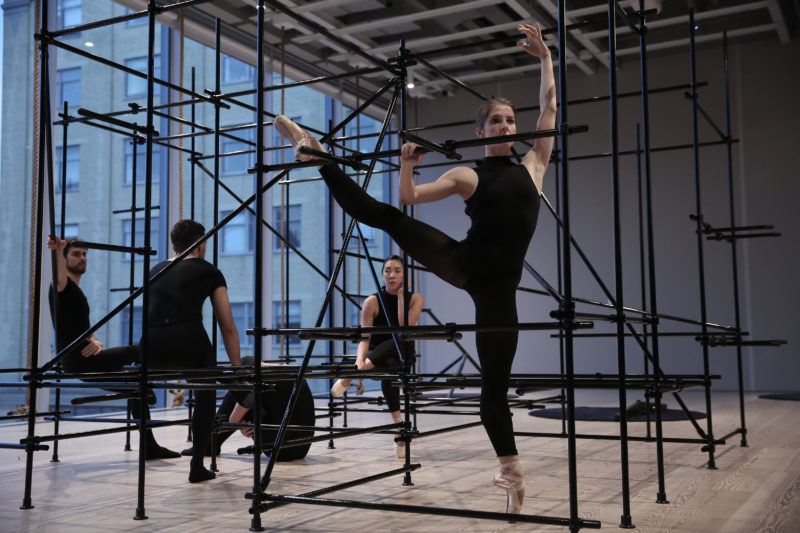Big Question
How Do We Come Together Again?
Brendan Fernandes discovers new spaces and models of support.
Interview by Jurrell Lewis
I’ve started to think a lot about resistance, resilience, and finding new ways to create. Within that, I’m still experimenting. I’ve been making things in ways that I never thought possible. And that for me is exciting.
I started to do things in different ways. One project, The Left Space for the Art Gallery of Ontario in Toronto, was meant to be a live performance in their main atrium courtyard. I was supposed to go in March of 2020 to spend a month in Toronto to rehearse and create the piece. When the pandemic started we postponed the performance, so I came up with an idea using Zoom—a platform that I was curious about at the time. I started thinking a lot about the idea of Zoom being a safe space.
In my work, I’m wondering, “What is a safe space? What is a brave space to form solidarity, to form community?” I’m always trying to find critical masses and gatherings to bring people together. So I started to play. We were all sitting in swivel chairs, all in different cities. But if we’re all in the same grid with the same filter, are we in the same place? We had 600 people join that Zoom performance, and critical mass was created. People came and gathered. It was a different type of gathering, but it was something this technology brought together for us.
Currently, I’m choreographing 72 Seasons, which is a live performance in the Lurie Garden in [Chicago’s] Millennium Park based on ideas of support. I’ve been working with the gardeners to learn about this specific ecosystem—how it changes during the seasons, and how the plants are always taking care of each other. The garden became this really beautiful symbol, a metaphor for this ecosystem of support where everything needs and even carries each other. It makes me think about bodies holding each other, taking care of each other. So, the performance is asking ourselves and our communities, during a pandemic, during moments of social uprising like Black Lives Matter, how do we find new ways to support each other?
72 Seasons is really about dancers engaging with themselves, supporting each other, supporting the landscape, becoming part of the landscape, and becoming invisible in the landscape. When all the dancers come together they become this ambiguous ball of color that just starts to move. I like this idea of many bodies becoming one. When the bodies come together, it melds, it mashes, and becomes this beautiful moving sculpture. They’re all supporting each other. One of the prompts that inspired that way of moving was Simone Forti’s Huddle, a piece where everyone’s huddling, and then one body starts to climb and move over the other. It’s the idea of this generous embrace, this space of support.
Dance is political. Dancers get dehumanized because of the acts of fortitude that our bodies can do seemingly effortlessly. But it is labor. These are actions of trained bodies. The Lurie Garden performance is dancers making a political statement through movement, but also people coming to gather and watch. Gathering or bringing a critical mass of people together, that is a form of protest. That is a way of saying, “We are here together.” I’m trying to let others understand that. The work is political, but it’s not the way that we always see politics being delivered. It resonates and gives agency and voice to all who come and participate. It is a powerful moment of: We are here. We are one. We are here together.


